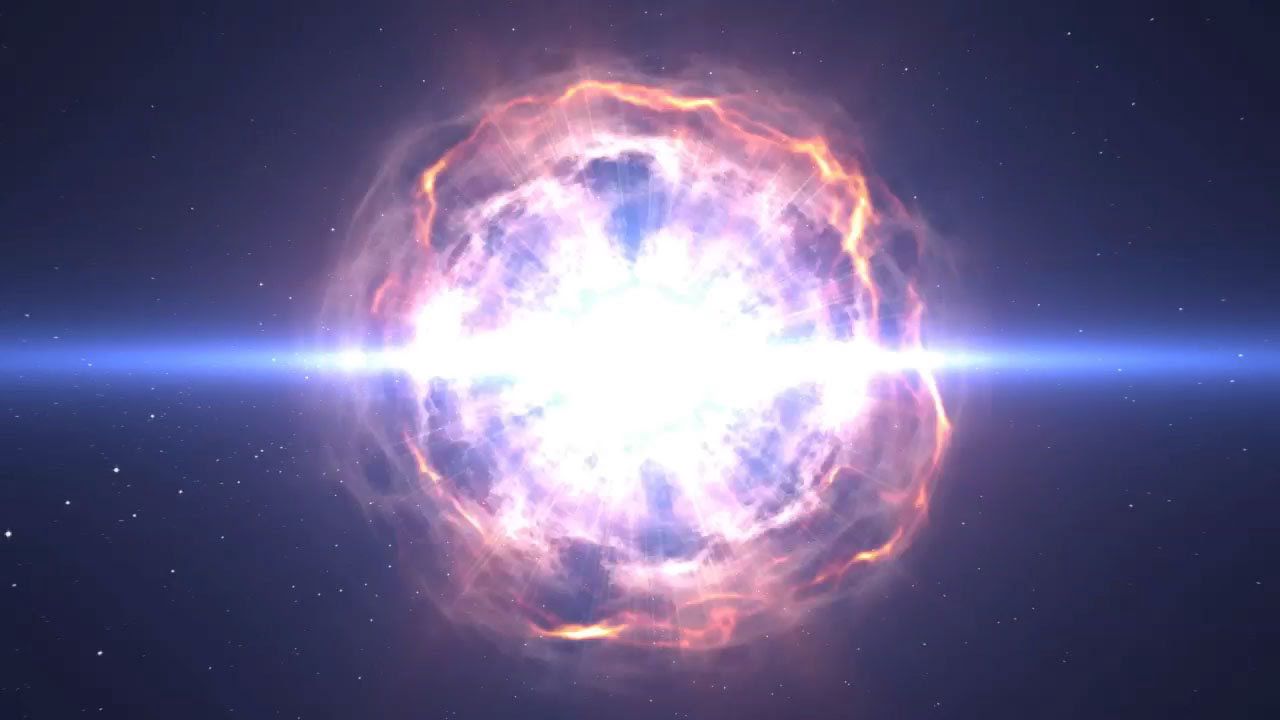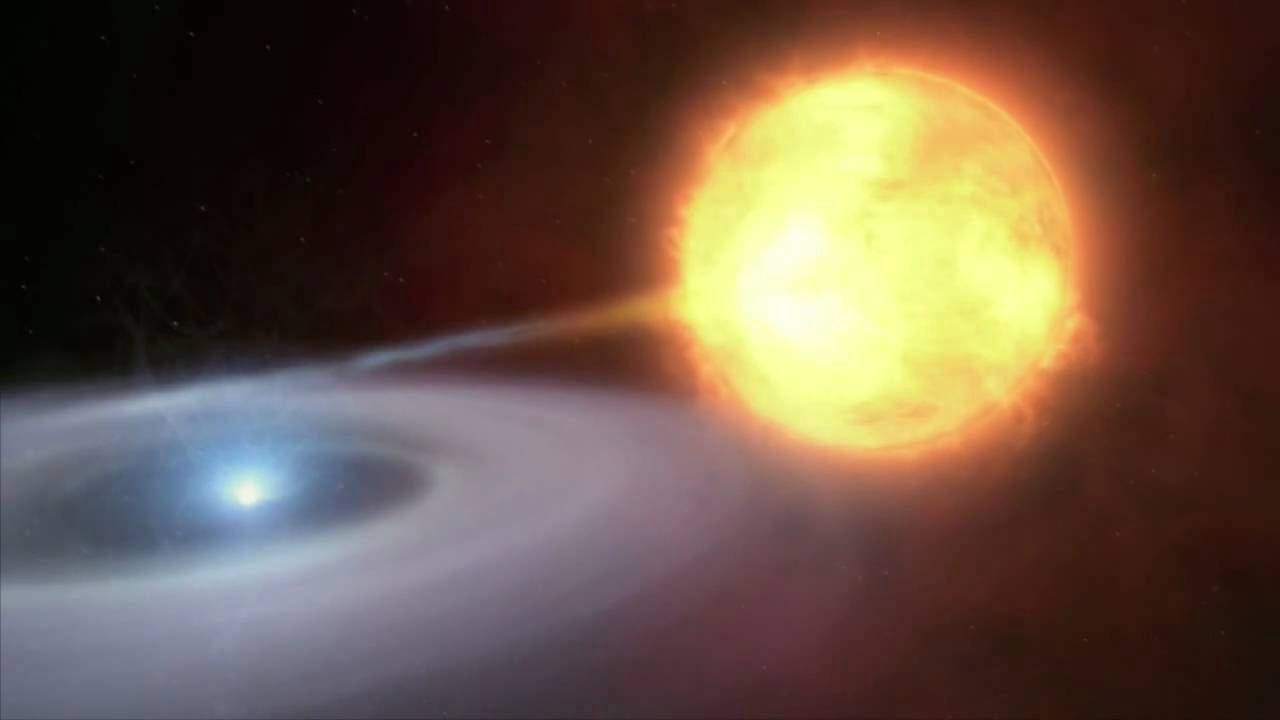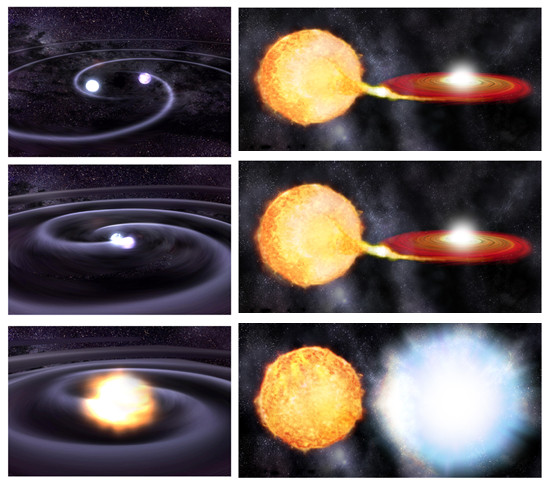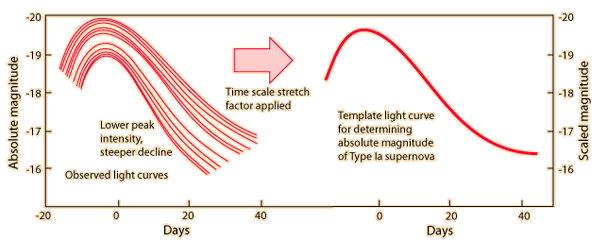Type 1a Supernova
Type 1a Supernova
In the last post on how astronomers determine the distance to distant galaxies, I mentioned a type 1a Supernova. What's so special about this type of supernova?

The basic definition of a Type 1a supernova is that it results from a binary system in which a normal star and a white dwarf are orbiting together. What usually happens in this situation is that white dwarf acts as a thief and steals material from its companion star, and when the white dwarf star's mass increases above 1.44 solar masses it blows its stack and you get a very powerful supernova explosion, which always obtains the same brightness. This is why it's used as a standard candle for determining the distance to galaxies. The good news is this type of supernova occurs in all types of galaxies, including elliptical galaxies.

Why does a progenitor white dwarf star cause a supernova? The answer is that the white dwarf star is limited to 1.44 times solar mass. This is the Chandrasekhar limit at which the electron degeneracy pressure falls below the pressure needed to prevent the star from collapsing. The electron degeneracy pressure is a fancy way of saying that the star can't be compressed down any lower than 1.44 times the mass of our sun. At this point quantum effects are unstable and the star tries to reignite. This re-ignition is equivalent to lighting a match in a natural gas filled basement. It goes boom! Keep in mind that a white dwarf, although very hot, is not fusing anything. In other words the nuclear core is incapable of fusion. That's essentially what a white dwarf is, a star that has blown away its outer layer leaving a dead but very dense hot core. This is what will happen to our sun in another 5 or so billion years. But, since our sun doesn't have a companion star, it will never trigger a supernova.

Another possible mechanism for a type 1a supernova is the merging of two white dwarf stars. What happens here is the resultant mass is above 1.44 solar masses. This is a less likely scenario because the collision of white dwarfs only occurs once every billion or more years.

Fortunately, the characteristic light curve (luminosity change with time after the explosion) of a type 1a supernova is easily recognized. However, not all type 1a supernovae reach the same peak luminosity. The Phillips Relationship corrects this problem. This has to do with the relationship between peak luminosity and the evolution of the luminosity after maximum light. This is a correction that helps make all type 1a supernovae equal.
The bottom line here is that type 1a supernovae are a convenient way to determine reliable distances to galaxies in the universe. The only problem is that one must observe the supernova explosion from beginning to end.
Thanks for reading.
Bạn đang đọc truyện trên: Truyen247.Pro